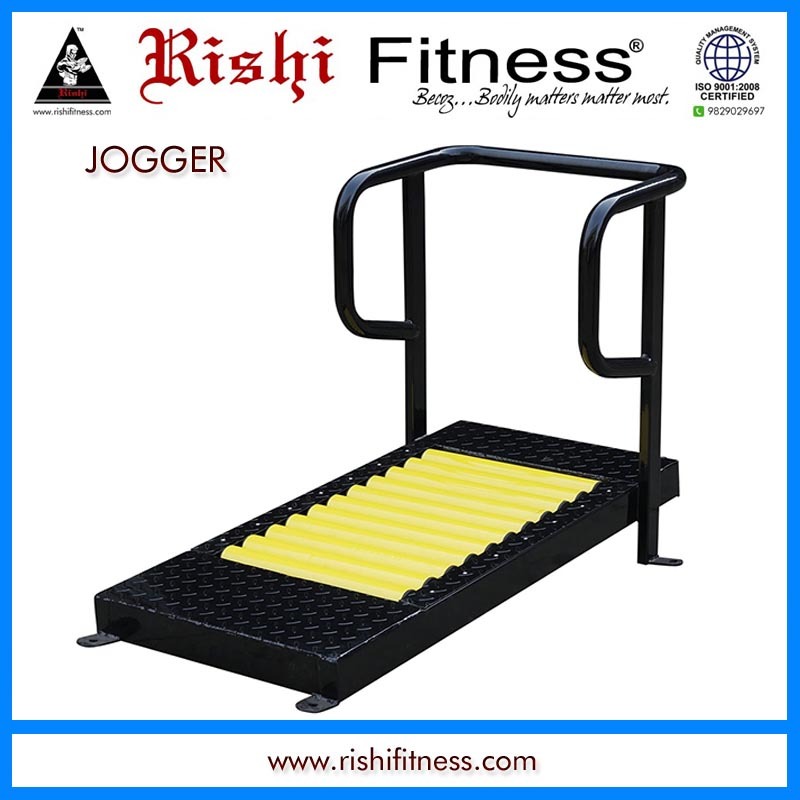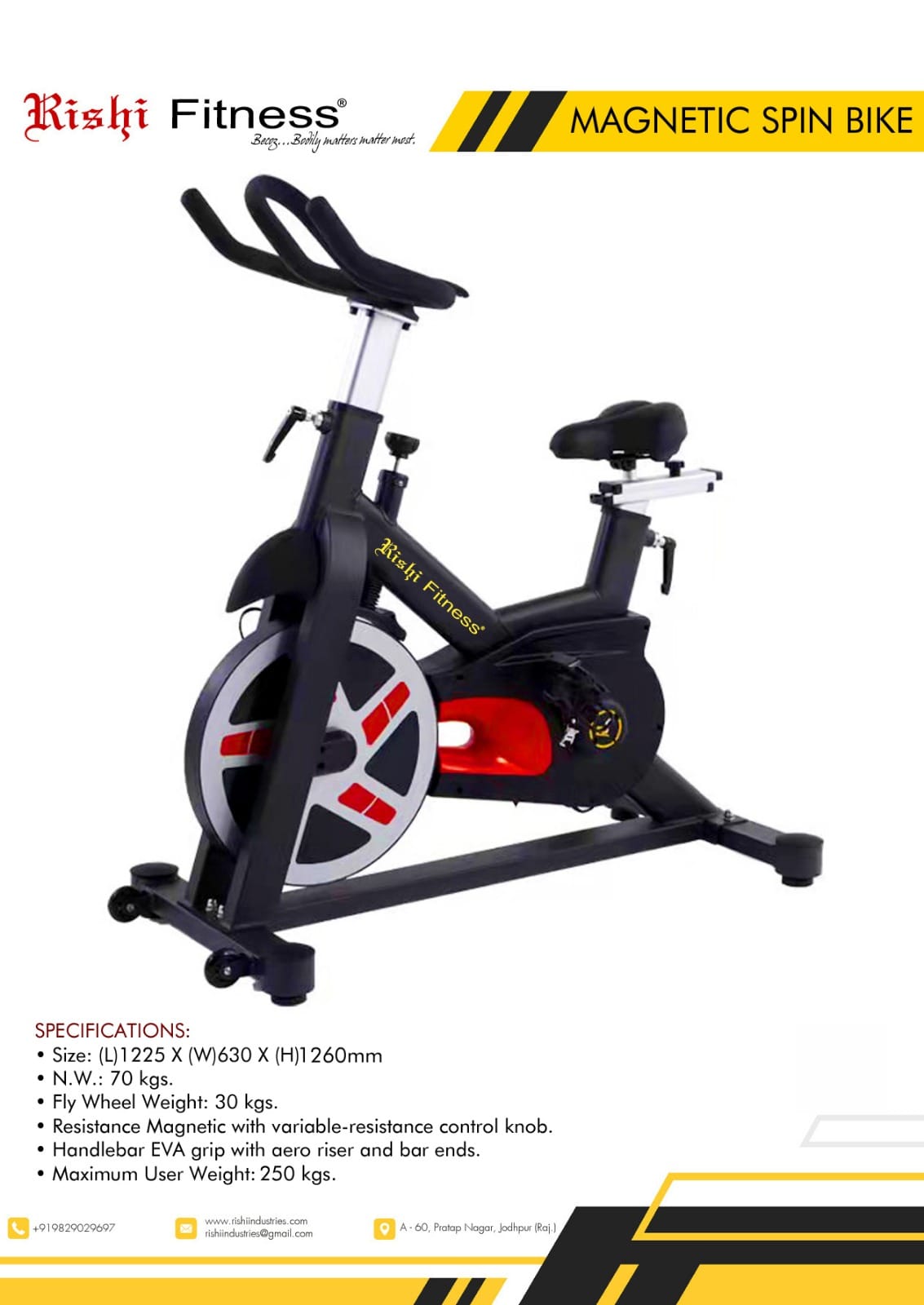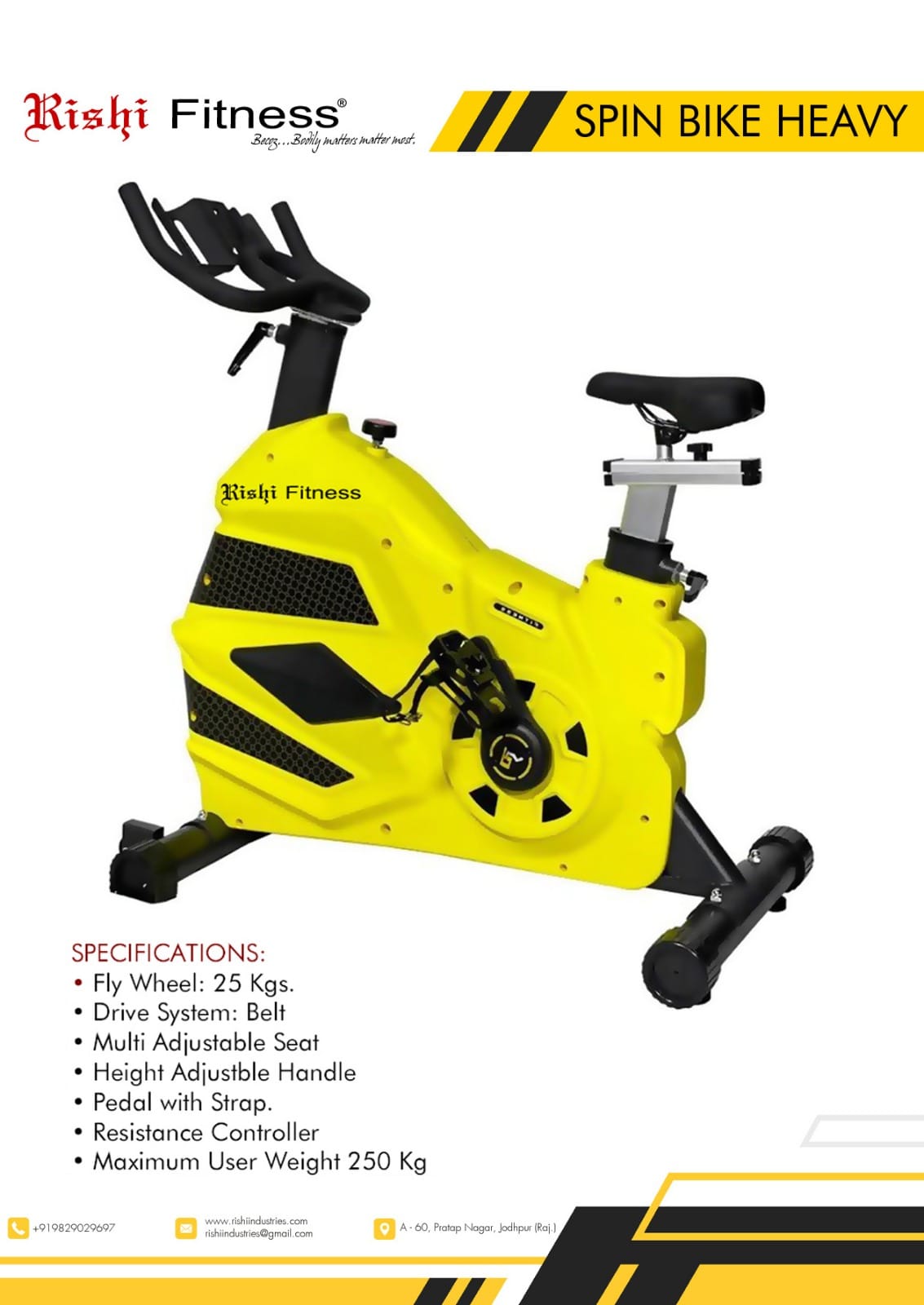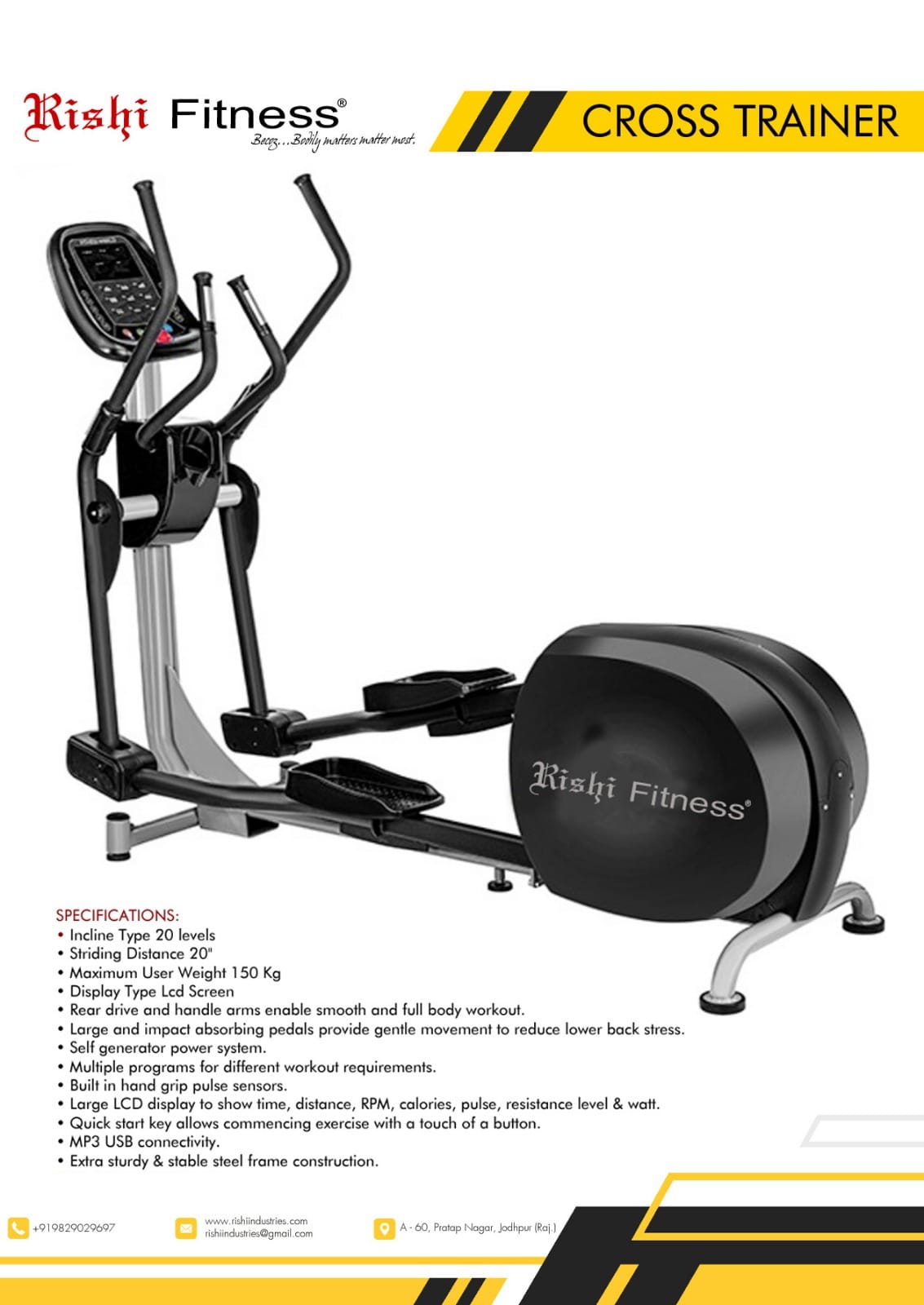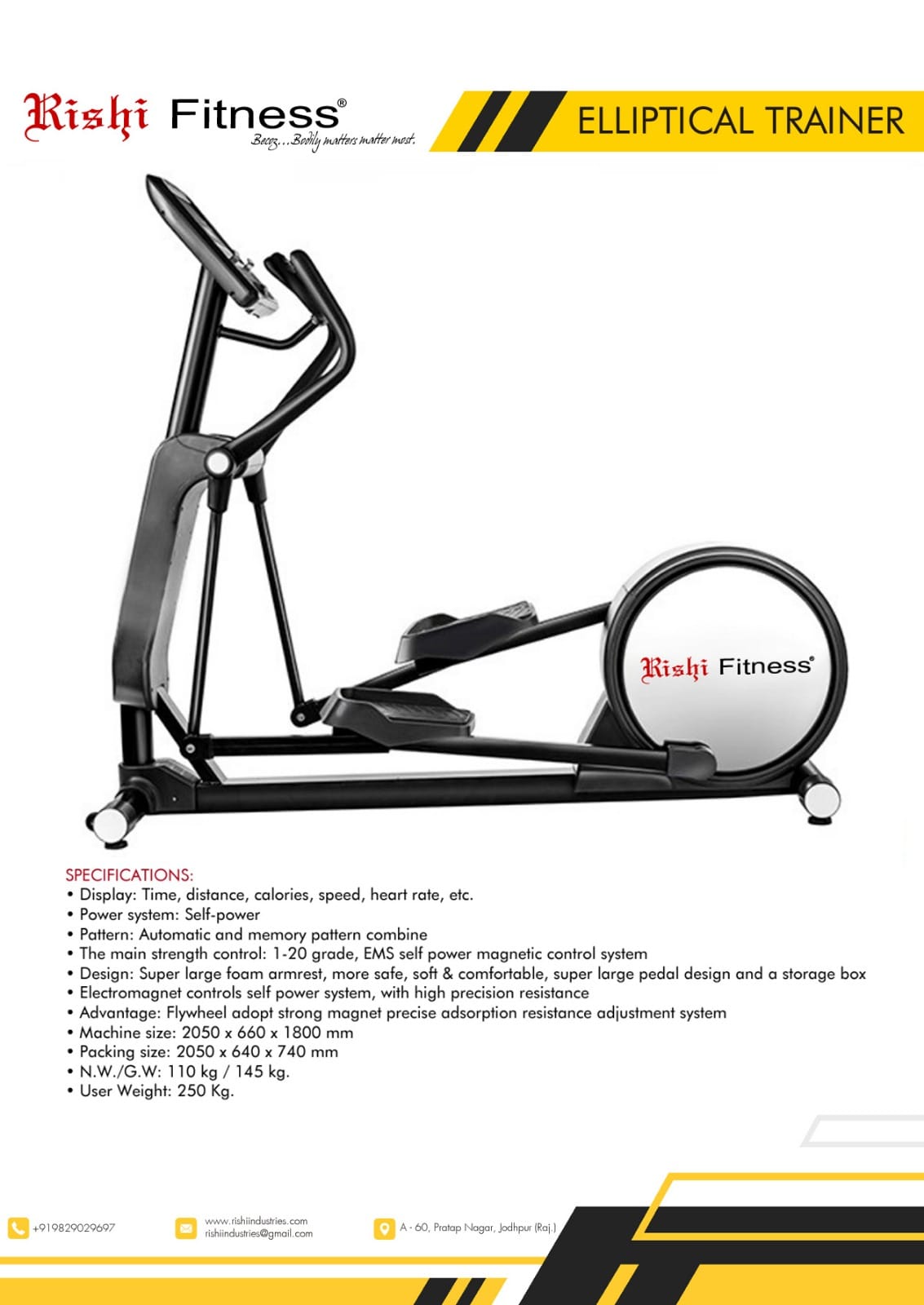Description
Product details
A Jogger is a piece of fitness equipment designed to simulate the movement of jogging or running while offering a low-impact, cardiovascular workout. It typically comes in two main forms: a manual jogger (which requires the user to move their legs in a jogging-like motion) or an electronic jogger (which may incorporate motorized components to aid movement). Joggers are often used in fitness centers, home gyms, or as part of an outdoor park workout setup. They provide a full-body workout and are especially beneficial for individuals looking to improve endurance, cardiovascular health, and lower body strength without the high-impact stress of traditional running. Key Features of a Jogger: Smooth, Continuous Motion: The main feature of a jogger is its ability to replicate the motion of jogging or running. The user pushes their legs forward and backward, mimicking the natural running stride, which helps improve leg strength and endurance. Low-Impact Design: A jogger is designed to provide a low-impact workout, making it suitable for people with joint issues or those recovering from injuries. Unlike traditional running on hard surfaces, joggers offer a gentler way to work the legs, hips, and cardiovascular system. Adjustable Resistance: Many joggers come with adjustable resistance settings, allowing users to increase or decrease the difficulty of their workout. This can help simulate different terrain or increase the challenge to help improve strength and endurance over time. Integrated Handlebars: Some models come with handlebars that allow users to engage their upper body while jogging. This helps provide a full-body workout, targeting the arms, shoulders, and core as well as the lower body. Compact Design: Joggers are typically compact and take up less space than traditional treadmills. Many models can be folded or stored easily when not in use, making them ideal for smaller spaces such as home gyms or apartments. Digital Display: Many joggers come with a digital display that tracks key metrics like time, distance, calories burned, speed, and sometimes even heart rate. This helps users monitor their progress and stay motivated. Safety Features: Some joggers are equipped with safety mechanisms such as non-slip pedals or foot straps to ensure users remain stable during the workout, reducing the risk of injury. Benefits of Using a Jogger: Cardiovascular Health: Jogging, even in a low-impact form, provides a great cardio workout. Using a jogger regularly can improve heart health, lung capacity, and circulation, leading to better overall fitness. Weight Loss: Since jogging is an excellent calorie-burning exercise, using a jogger can aid in weight loss and fat burning, especially when paired with a balanced diet. The machine engages large muscle groups, helping to burn more calories during the workout. Muscle Toning and Strengthening: A jogger primarily targets the lower body, including the legs, glutes, and hips, as well as the core and upper body if the handlebars are used. Regular use can help tone and strengthen these muscles, contributing to improved muscle endurance. Joint Health: Unlike running on hard surfaces, joggers offer a low-impact alternative that is easier on the knees, ankles, and hips. This makes it a good choice for people who may have joint pain or are recovering from injuries.


